Top 5 Amazing Facts About Non-Poisonous Tarantulas
Non-poisonous tarantulas, despite their intimidating appearance, are fascinating creatures that have captured the hearts of many pet enthusiasts and arachnid lovers. These large, hairy spiders are known for their docile nature and relatively low-maintenance care, making them a popular choice for beginner arachnid owners. While the term ’non-poisonous’ might be slightly misleading (as they do possess venom, though not dangerous to humans), these spiders are generally harmless and offer a unique glimpse into the world of invertebrates. This article delves into five amazing facts about these captivating creatures, providing insights into their size, habitat, diet, behavior, and lifespan.
Fact 1: Size and Appearance
One of the most striking features of non-poisonous tarantulas is their impressive size. These spiders can range from a few inches to over 10 inches in leg span, depending on the species. Females tend to be larger than males. Their bodies are covered in dense hairs, which serve various purposes, including sensory perception and protection. The coloration of these spiders varies greatly, with species displaying an array of colors and patterns. Some have vibrant hues, while others blend seamlessly into their environment. The appearance alone is enough to make them stand out in the animal kingdom. Tarantulas come in a vast array of sizes and colors, offering diversity.
Variations in Size
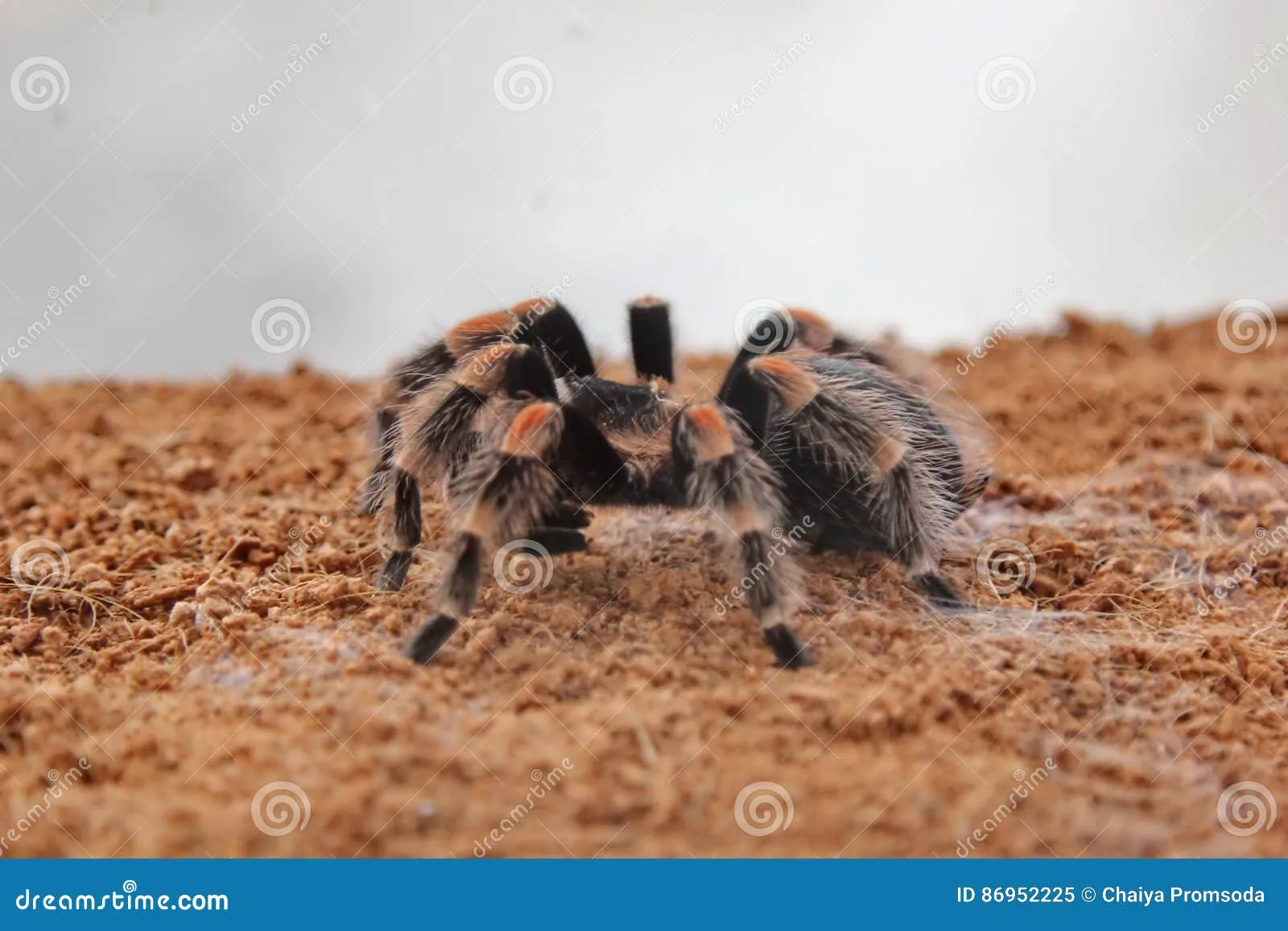
Tarantulas exhibit considerable size variation. Some smaller species, like the Trinidad Olive, might only reach a leg span of about 3 inches, while larger species like the Goliath Birdeater can boast a leg span exceeding 10 inches. The size is also influenced by the tarantula’s sex, with females generally larger than males. This difference is due to factors like lifespan and reproductive needs. The larger size often allows females to carry more eggs and survive longer, enabling successful reproduction. This size difference is a key characteristic of the species and is often a key factor in their mating and survival strategies.
Color and Pattern Diversity
The world of non-poisonous tarantulas is a vibrant tapestry of colors and patterns. From the deep blacks and browns of the Mexican Red Knee to the striking orange and black stripes of the Brazilian Black, these spiders showcase an incredible diversity in their appearance. Some species exhibit metallic sheens, while others have intricate patterns that help them blend into their natural habitats. These colors serve multiple functions, from camouflage to attracting mates. The patterns and colors are not just aesthetically pleasing; they are a testament to the evolutionary adaptations that have allowed tarantulas to thrive in various environments. The rich diversity adds to the allure of these fascinating creatures.
Fact 2: Habitat and Distribution
Non-poisonous tarantulas are found in a wide range of habitats across the globe. From the arid deserts of the Southwestern United States to the lush rainforests of South America, these spiders have adapted to diverse environments. Their distribution is influenced by factors such as climate, prey availability, and the presence of suitable burrows or shelters. They are typically terrestrial, meaning they live on the ground, often burrowing or seeking shelter under rocks, logs, or in the leaf litter. Their ability to thrive in varied habitats makes them a resilient species. Understanding their habitat is key to providing the right environment for these spiders in captivity.
Natural Habitats
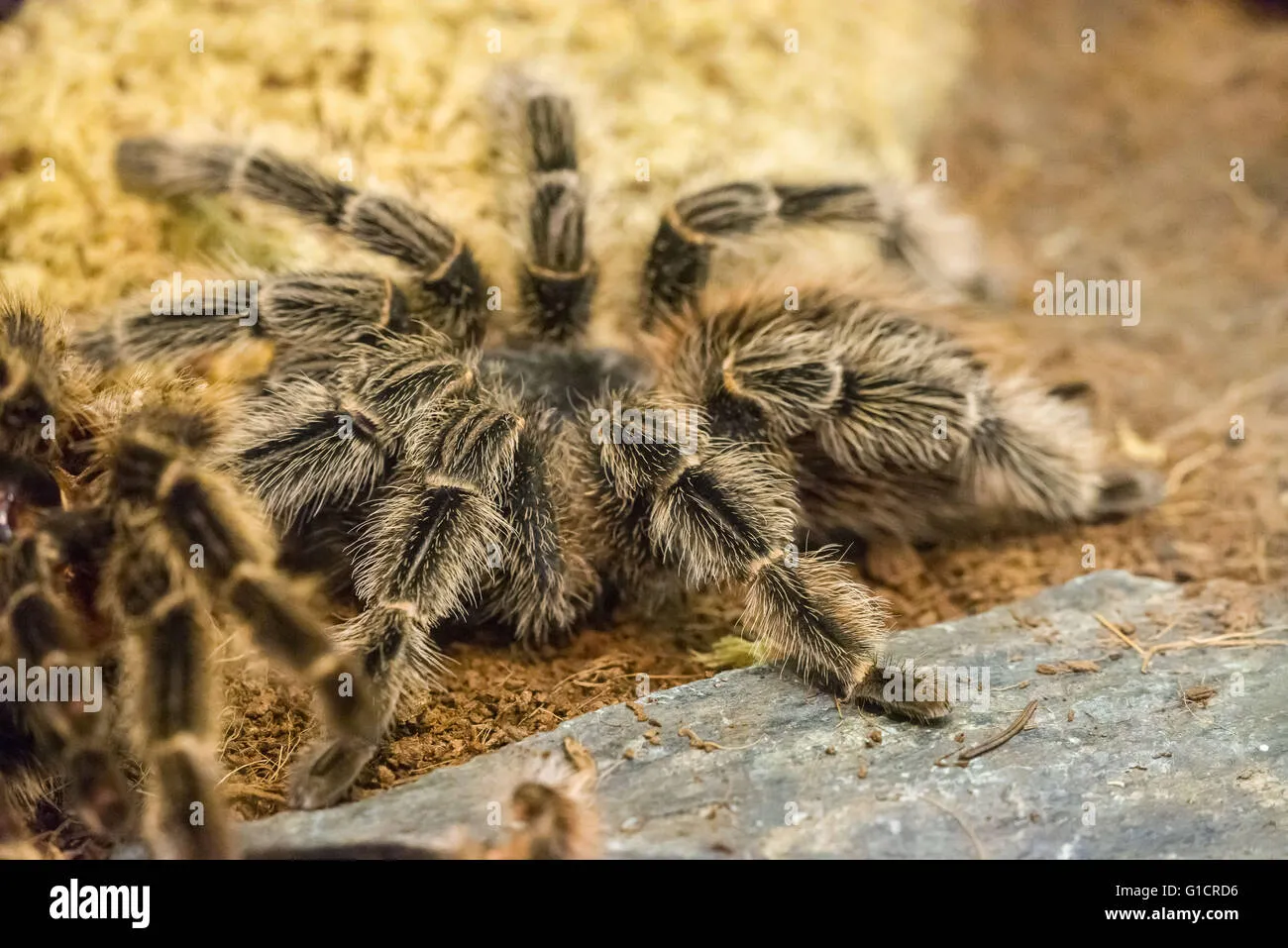
The natural habitats of non-poisonous tarantulas are as varied as the species themselves. Some prefer dry, arid environments, like the deserts of Arizona, where they burrow deep into the sand to escape the heat. Others thrive in humid rainforests, seeking shelter among the dense vegetation and leaf litter. Some species are arboreal, spending most of their time in trees, while others are terrestrial, living on the ground. The common element among these habitats is the availability of prey and suitable shelter. Many species create burrows, lined with silk, providing protection from predators and the elements. Habitat plays a crucial role in their survival and behavior.
Geographical Distribution
Non-poisonous tarantulas are found on every continent except Antarctica. They are particularly diverse in the Americas, with a significant number of species inhabiting North, Central, and South America. They also have a presence in Africa, Asia, and Australia. The distribution is not uniform; certain regions boast a greater variety of species due to specific environmental conditions. The availability of suitable habitats, prey, and climatic conditions are the key determinants. The study of their geographical distribution helps scientists understand their evolutionary history and the factors influencing their survival and adaptation in different regions.
Fact 3: Dietary Habits
Non-poisonous tarantulas are primarily carnivores, with their diet consisting mainly of insects, other arthropods, and occasionally small vertebrates. Their feeding habits are opportunistic, meaning they will consume whatever prey is available. They use their fangs to inject venom into their prey, which paralyzes the prey and begins the digestive process. The tarantula then uses its mouthparts to consume the liquefied remains. Their diet is an essential aspect of their survival, playing a critical role in their growth, development, and overall health. Understanding their dietary needs is vital for responsible pet ownership.
What They Eat
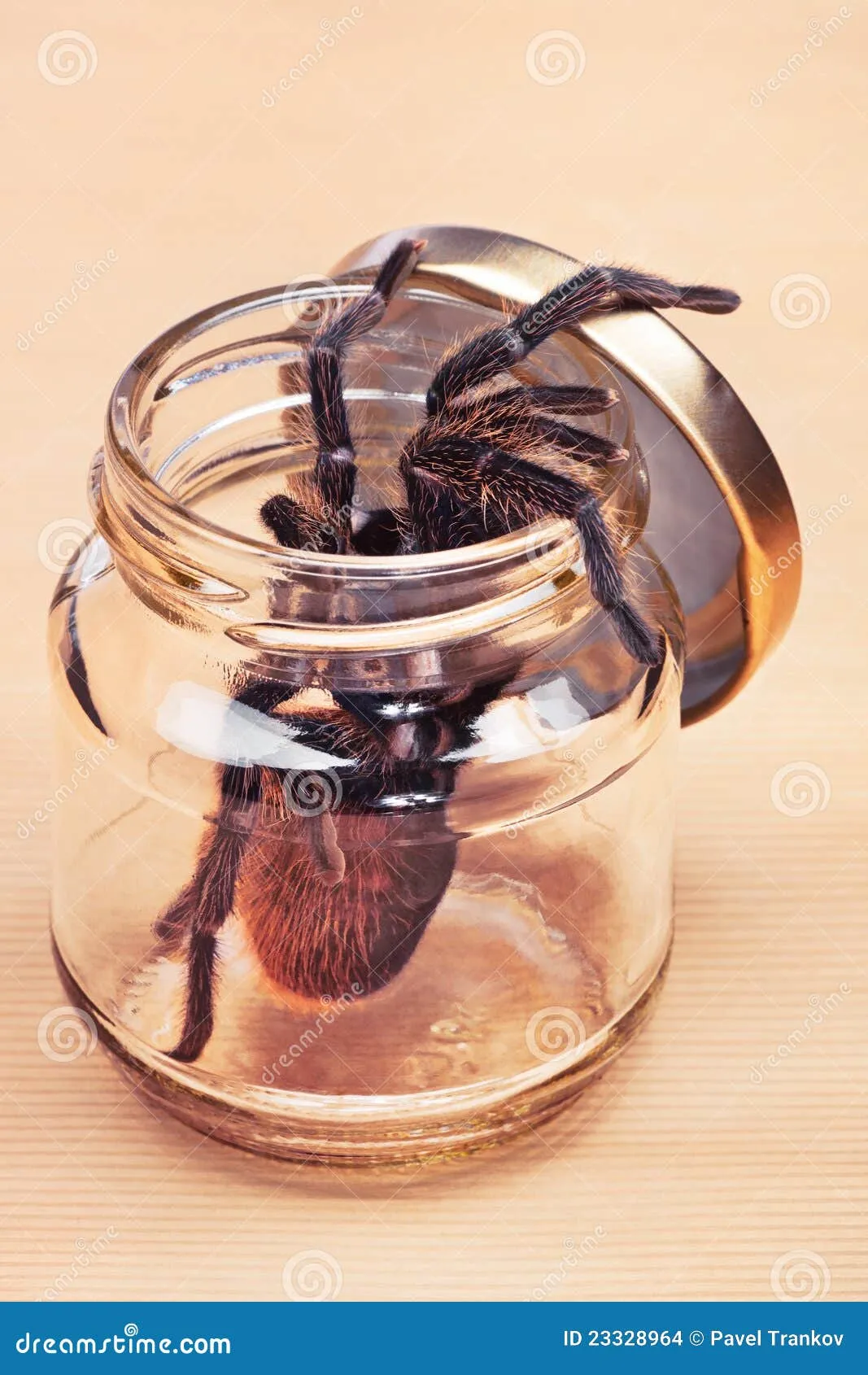
The diet of non-poisonous tarantulas typically consists of insects such as crickets, mealworms, roaches, and other readily available invertebrates. Larger species may also consume small vertebrates such as mice, lizards, and small birds. The size of the prey is relative to the size of the tarantula; smaller tarantulas will feed on smaller insects, and larger ones will consume larger prey. The nutritional value of the food is crucial; a varied diet ensures they receive all the necessary nutrients for their growth and health. Providing a balanced diet is essential for captive tarantulas.
Feeding Frequency
The feeding frequency of non-poisonous tarantulas depends on their age and size. Spiderlings, or juvenile tarantulas, need to be fed more frequently, usually every few days. Adult tarantulas can be fed less often, typically once or twice a week. Overfeeding can lead to health problems, while underfeeding can stunt their growth. It is also important to adjust the feeding schedule based on the tarantula’s molting cycle; they often refuse to eat before and during a molt. Monitoring their eating habits and adjusting the feeding schedule accordingly is a crucial part of tarantula care.
Fact 4: Behavior and Temperament
Non-poisonous tarantulas exhibit a variety of behaviors and temperaments. Most species are relatively docile and spend much of their time in their burrows or hiding places. However, they can become defensive if they feel threatened, displaying various defensive mechanisms. Understanding their behavior is critical to handling and caring for them safely. Their behavior is often influenced by environmental factors, such as temperature, humidity, and the availability of food and shelter. They are not social creatures and generally prefer to be alone, with the exception of mating.
Defensive Mechanisms
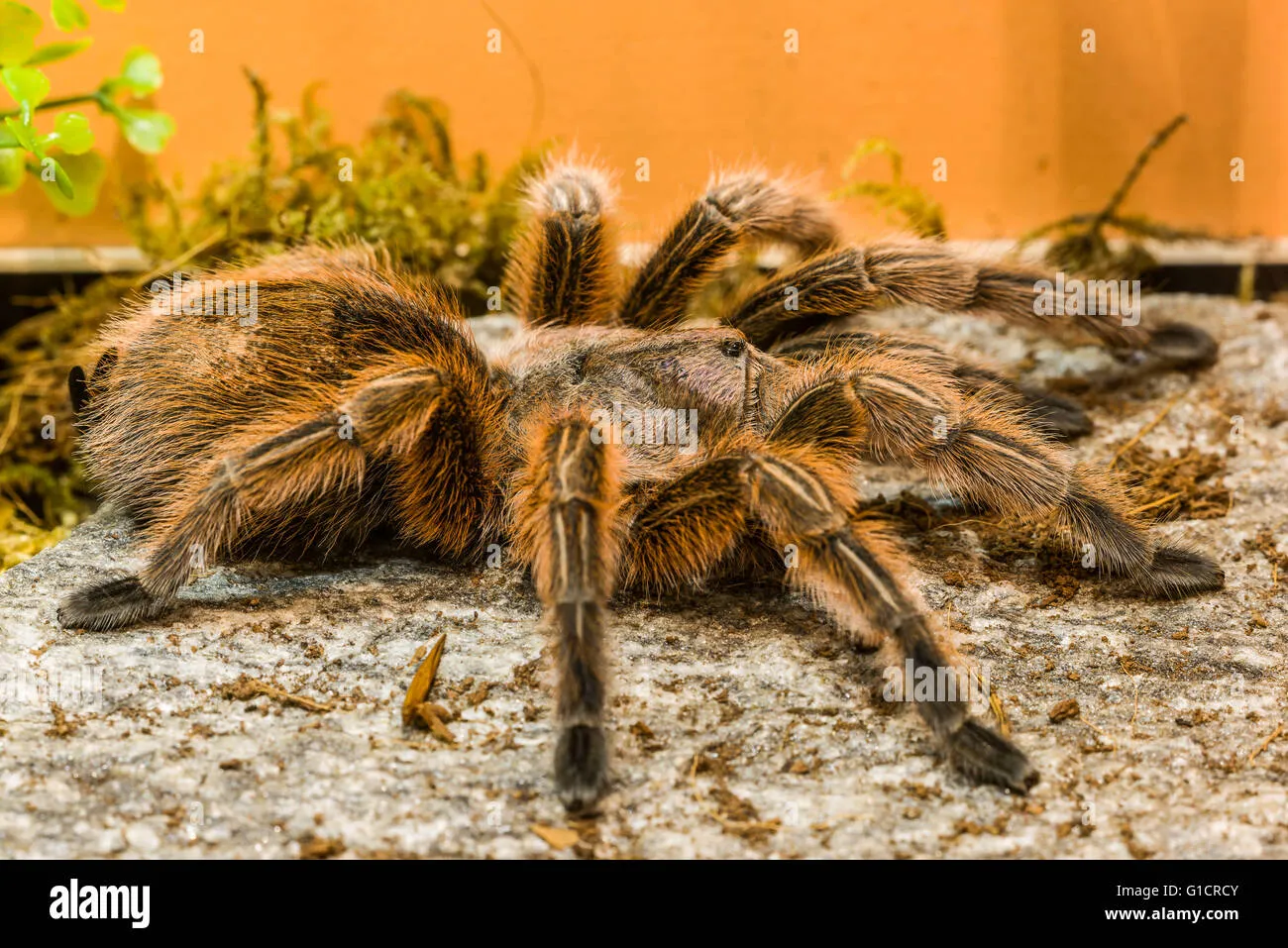
When threatened, non-poisonous tarantulas have several defensive mechanisms. They may flick urticating hairs from their abdomen, which can cause skin irritation. Some species may also raise their front legs, displaying their fangs, as a warning. Others might attempt to bite, although this is rare. The most common defense is to run away and hide. Understanding these defense mechanisms is vital for safe handling; avoiding actions that may trigger a defensive response. Recognizing these behaviors and respecting the tarantula’s space is crucial for both their well-being and the safety of the handler.
Handling Considerations
Handling non-poisonous tarantulas should be done with caution. While many species are docile, a bite can be painful, and stress can be harmful to the spider. Always handle them over a soft surface, such as a bed or a carpet, to minimize the risk of injury if they fall. Avoid sudden movements and keep the tarantula close to the ground. It is often best to observe them rather than handling them, especially for beginners. Washing hands before and after handling is also crucial to prevent the spread of any potential contaminants. Prioritizing their well-being and safety is paramount.
Fact 5: Lifespan and Reproduction
Non-poisonous tarantulas have a significant lifespan compared to other arachnids. Females can live for decades, while males typically have a shorter lifespan. Their reproductive process is also fascinating, involving a complex mating ritual and the production of numerous eggs. Understanding their lifespan and reproductive biology is crucial for both responsible pet ownership and for appreciating the biology of these creatures.
Lifespan Factors
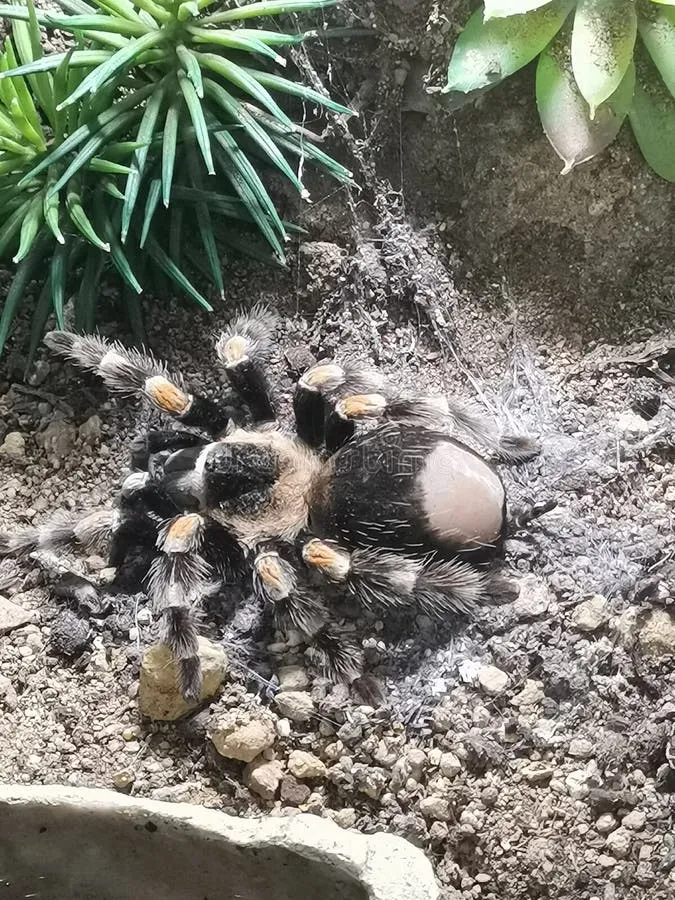
The lifespan of non-poisonous tarantulas is largely influenced by their sex. Female tarantulas can live for 20-30 years or even longer in some species, while males usually live for 5-10 years. The longevity of females is related to their reproductive capabilities and slower metabolism. Environmental factors such as temperature, humidity, and diet also play a crucial role. Proper care and a suitable habitat can help maximize their lifespan. The lifespan makes them a long-term commitment for pet owners, making research important.
Reproduction Process
The reproduction process in non-poisonous tarantulas involves a complex mating ritual. Males often construct sperm webs and deposit their sperm. They then use their pedipalps to transfer the sperm to the female. After mating, the female will lay her eggs in a silk egg sac, which she fiercely protects. The number of eggs can vary depending on the species. After a few weeks, the spiderlings will hatch and begin their independent lives. Understanding this process provides a deeper appreciation of their biology and the care they require.
In conclusion, non-poisonous tarantulas are remarkable creatures that deserve our admiration and respect. From their impressive size and diverse appearances to their unique habitats, feeding habits, and behaviors, these spiders offer a fascinating glimpse into the world of arachnids. Their lifespan and reproductive processes further highlight their complexity and the care they require. By understanding these five amazing facts, we can better appreciate and care for these captivating animals.
